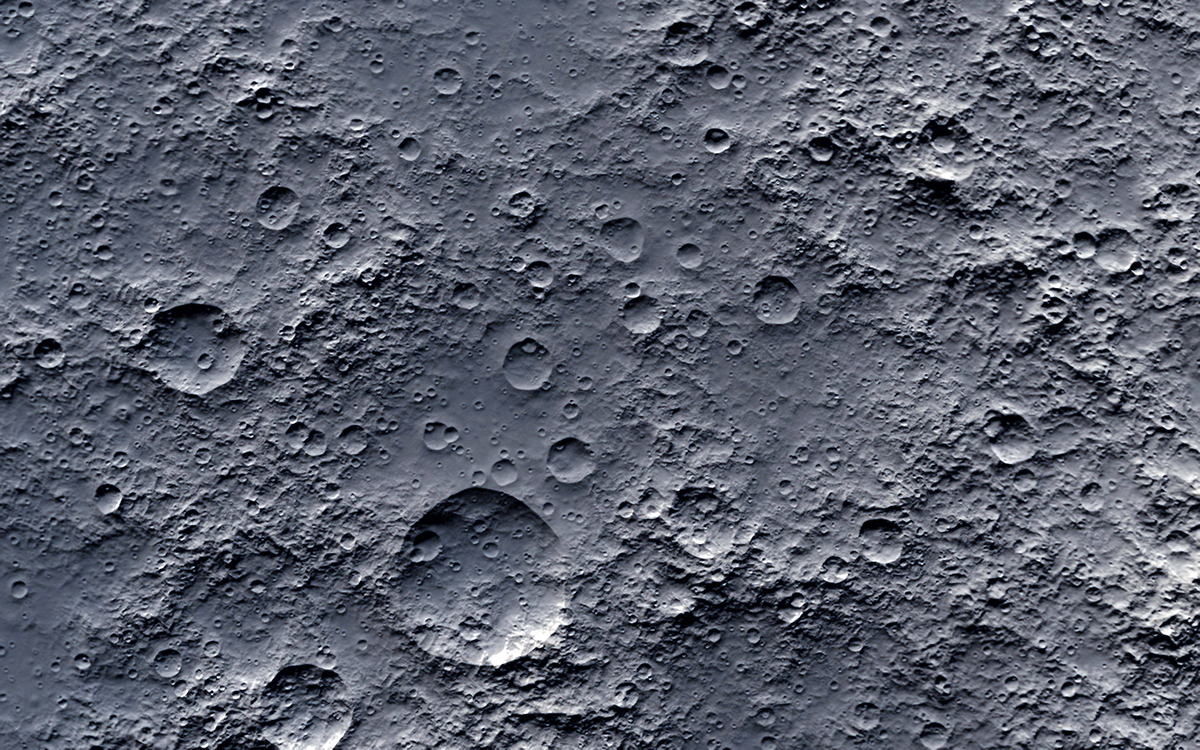NASA has identified the need to acquire commercial SATCOM services to meet the specific needs of future NASA missions in low-Earth orbit. Currently, NASA uses government owned capabilities from the Tracking and Data Relay Satellite System (TDRSS), a group of NASA satellites over the Atlantic, Pacific, and Indian Oceans that act as relays between the NASA spacecraft orbiting around the Earth collecting scientific data and the ground stations where that data is retrieved. NASA’s decision not to replenish TDRSS has heightened the need for a new way to handle satellite communications for NASA missions.
Depending on their orbit location, NASA spacecraft do not always have a clear path to transmit their data directly to a ground station. To solve this problem, a tracking and data relay satellite (TDRS) acts as intermediary between these two points. For example, a spacecraft that does not have a clear line of view of the ground sends its data to a TDRS within its range of sight, which in turn passes this data to a ground station. The same process happens when a ground station needs to transmit information to a spacecraft that is not in its line of sight.
TDRSS supports numerous NASA missions that are instrumental to how we understand Earth and the universe. A TDRS can relay the data for Earth-observing missions like Terra which have been critical to our understanding of climate change. Other missions include the International Space Station and the Hubble Space Telescope which have fundamentally shaped what we know about the expanding universe.
These missions and services are vital to providing knowledge of the planet on which we live as well as planets and galaxies beyond. So, with the retirement of many TDRS on the horizon, reducing the total volume of science data that can be transmitted to Earth, how will NASA perform satellite communications going forward? To answer this question, NASA has formulated the Communication Services Project (CSP) to demonstrate the capabilities of a growing and robust commercial satellite communication (SATCOM) industry. CSP’s main objective is to leverage and stimulate the capabilities of the space communications industry so that NASA can become just one of many customers using commercial SATCOM services to transmit critical data from their spacecraft around the globe.
NASA projects, such as CSP, have a lifecycle which is broken into phases that have different associated activities and reviews. Following industry studies and commercial satellite readiness assessment, NASA awarded six commercial SATCOM providers with Funded Space Act Agreements (FSAAs) to develop their capabilities and demonstrate in-orbit connectivity to a non-NASA spacecraft. These companies are Inmarsat (now part of Viasat), Viasat, SES Space & Defense, Telesat, Space Exploration Technologies Corp. (SpaceX), and Kuiper Systems, LLC. Each of these providers either have operational constellations or are launching new satellites in different near-Earth orbits, along with the corresponding ground segments to perform the demonstrations with a surrogate commercial mission and provide evidence that they can support future space relay customers, including NASA, through this public-private cost sharing. The demonstrations will stimulate industry, mitigate risks for NASA, and showcase the advanced capabilities that commercial SATCOM can offer. Once the commercial demonstrations are complete, NASA will proceed to acquire these services, along with other potential providers, to become part of their service portfolio offered to future missions.
Comsat Architects directly supports CSP’s goals and objectives with a multi-disciplinary team which leverages our systems engineering, communications engineering, aerospace engineering, and modeling & simulation capabilities. In early cycles of the project, our subject matter experts in communication technologies and spacecraft engineering have supported the development of architectures, Concepts of Operations, and mission life cycle design to help NASA conceptualize what is needed to transition NASA missions to commercial SATCOM services. Currently, our team supports NASA in multiple activities, including the validation of the in-orbit demonstrations, the development of databases, and advanced analysis of the commercial SATCOM providers with NASA missions to identify the differences from the TDRSS system, baseline commercial readiness for space missions, and analyze the additional capabilities offered to the missions though commercial SATCOM.
Comsat Architects is committed to leveraging our expertise to enable the expanded application of commercial SATCOM services for users in low-Earth orbit. More information on our capabilities can be found on our About page.



